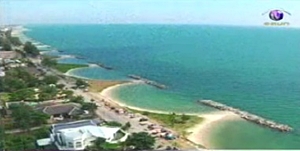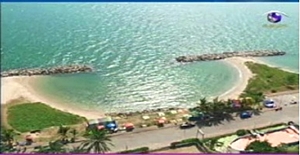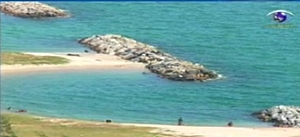Construction of breakwaters and man-made land extension for industrial activities takes a toll in changing the features of coastal areas, sometimes causing coastal erosion problems in the eastern seaboard province of Rayong.
Coastal erosion occurs in 17 Thai provinces, accounting for some 600 kilometres of coastline or 23 per cent of the country’s coastal areas. In Rayong alone, severe erosion was found on 4.7 kilometres of an overall 95-kilometre coastline, particularly along the Map Ta Phut industrial estate zone and nearby areas – Baan Nong Faeb and Saengchan Beach. Moderate erosion of about 1.5 metres per year has been found on 21km — about 22 per cent of the Rayong coast.

“In the past, the beach was even but now, it was obviously curved in,” said Kanchana Monthathong, a local resident at Takuan Beach.
Coastal erosion and sand deposit occur seasonally and naturally but land reclamation for building industrial town or construction of wave breakers change the wave direction and worsen coastal erosion without land accretion by natural force.“Several factors contribute to coastal erosion such as sea waves and construction of some structures, which change the current direction, Decha Maneemai, geologist said. “Normal coast without any modification will experience equal erosion and sand build-up every year.”
He suggested that to ease the problem, humans should let nature run its course and limit building any structures along the coastline.






